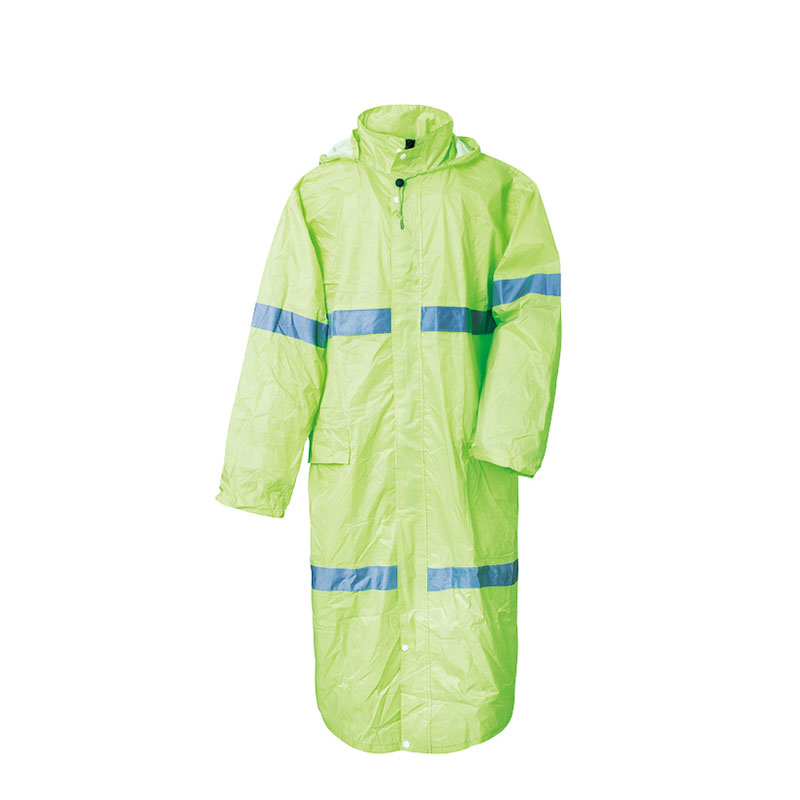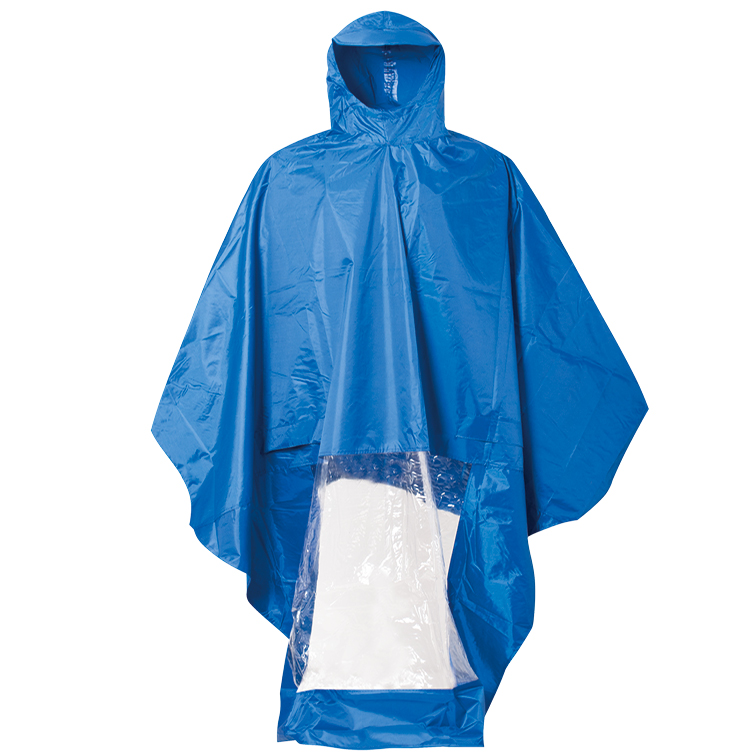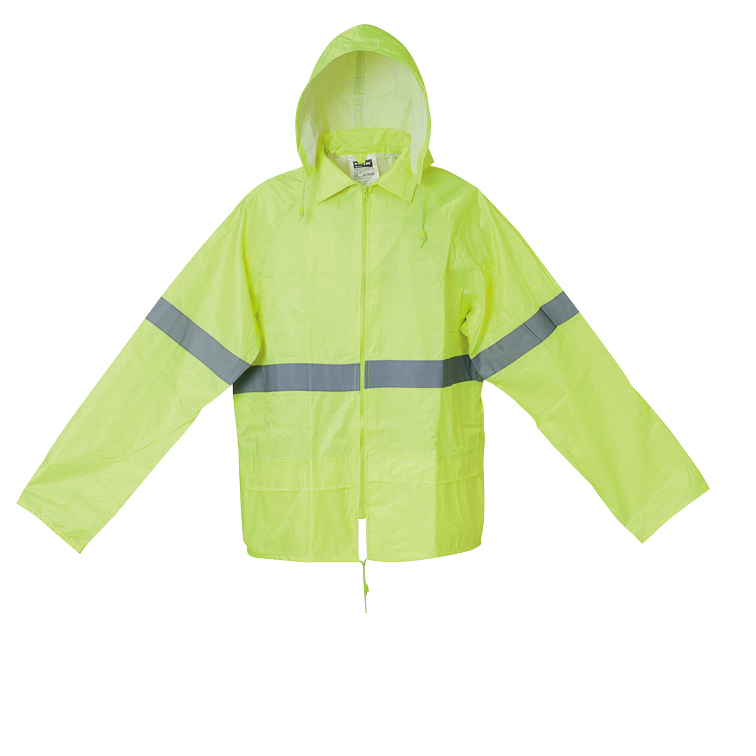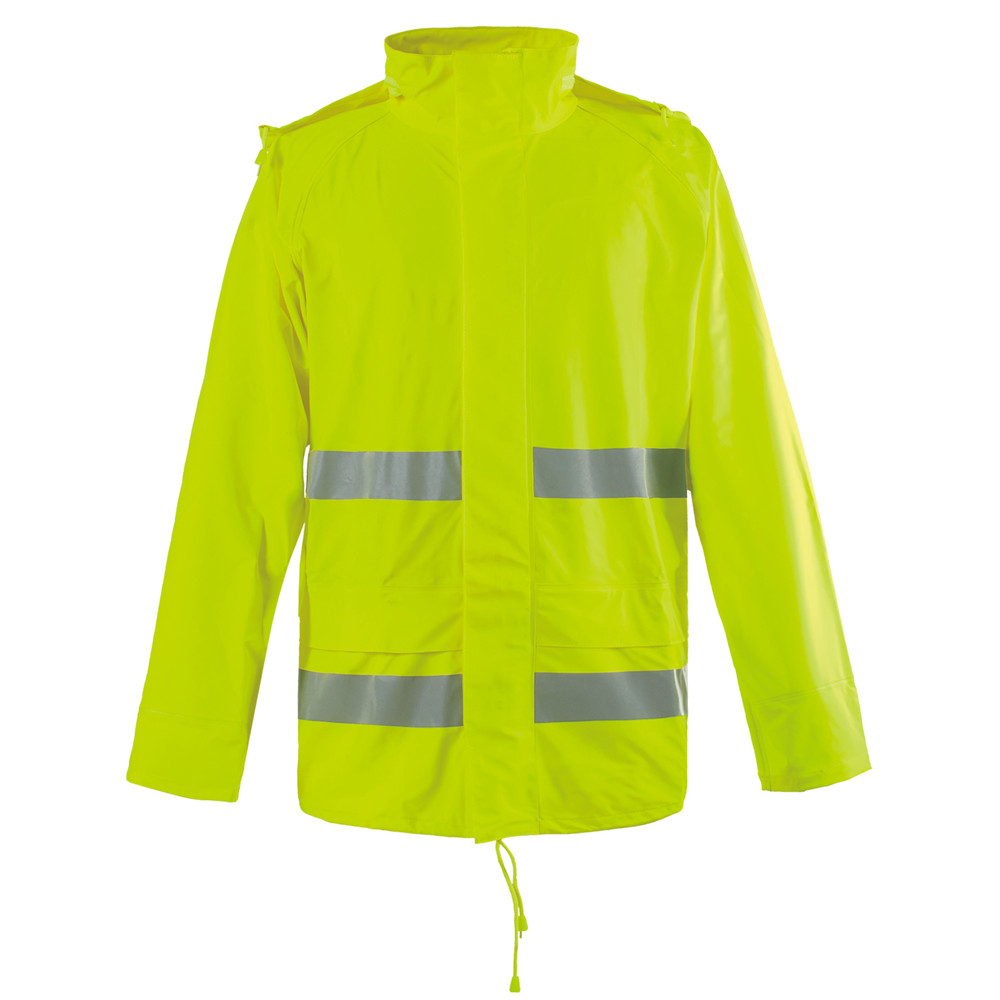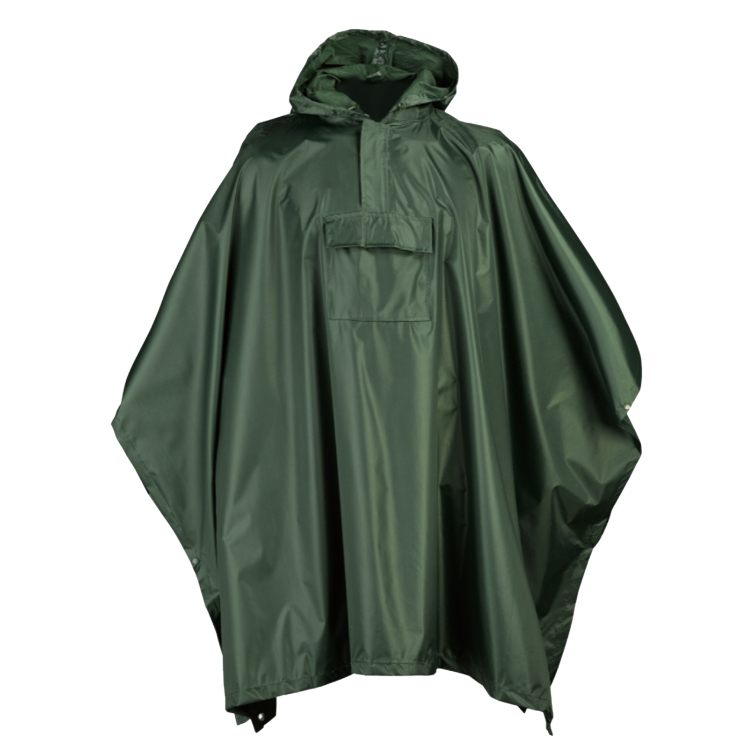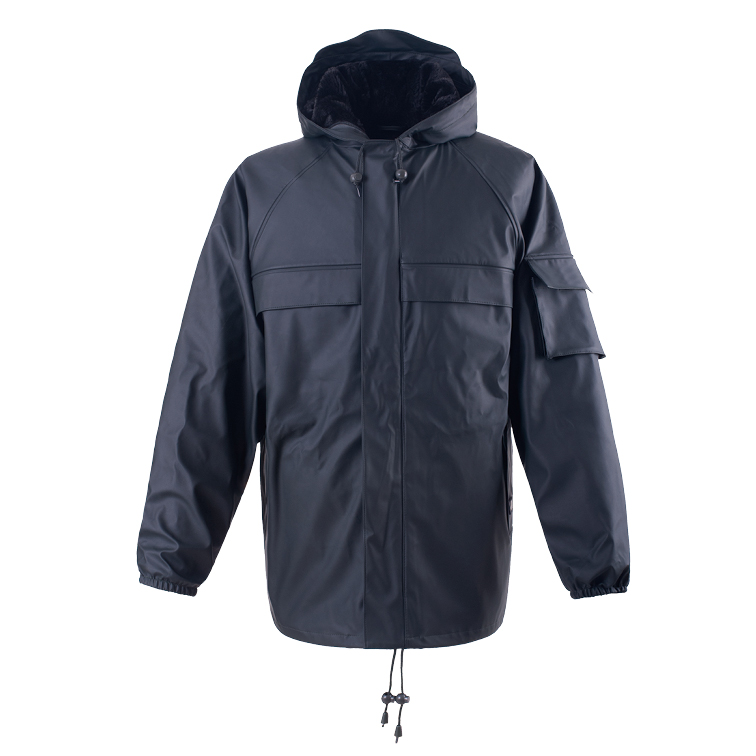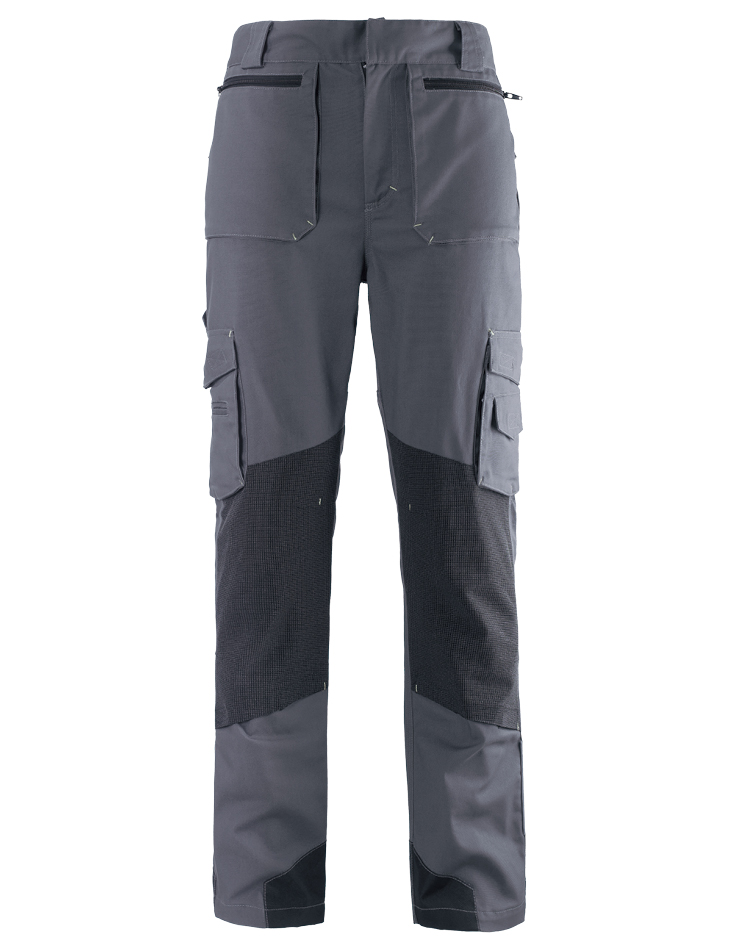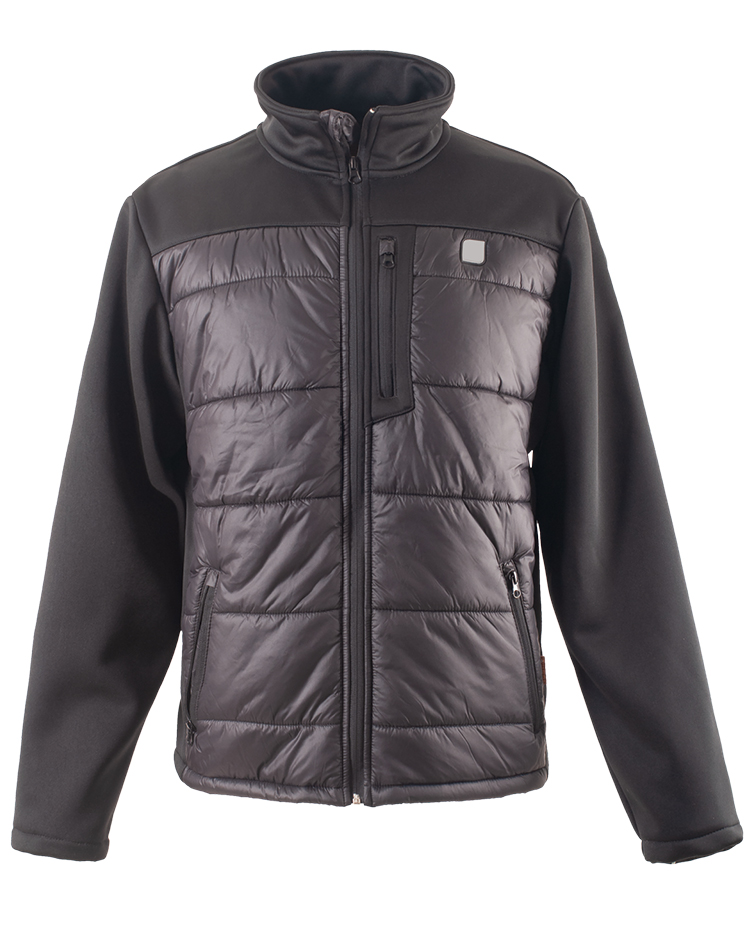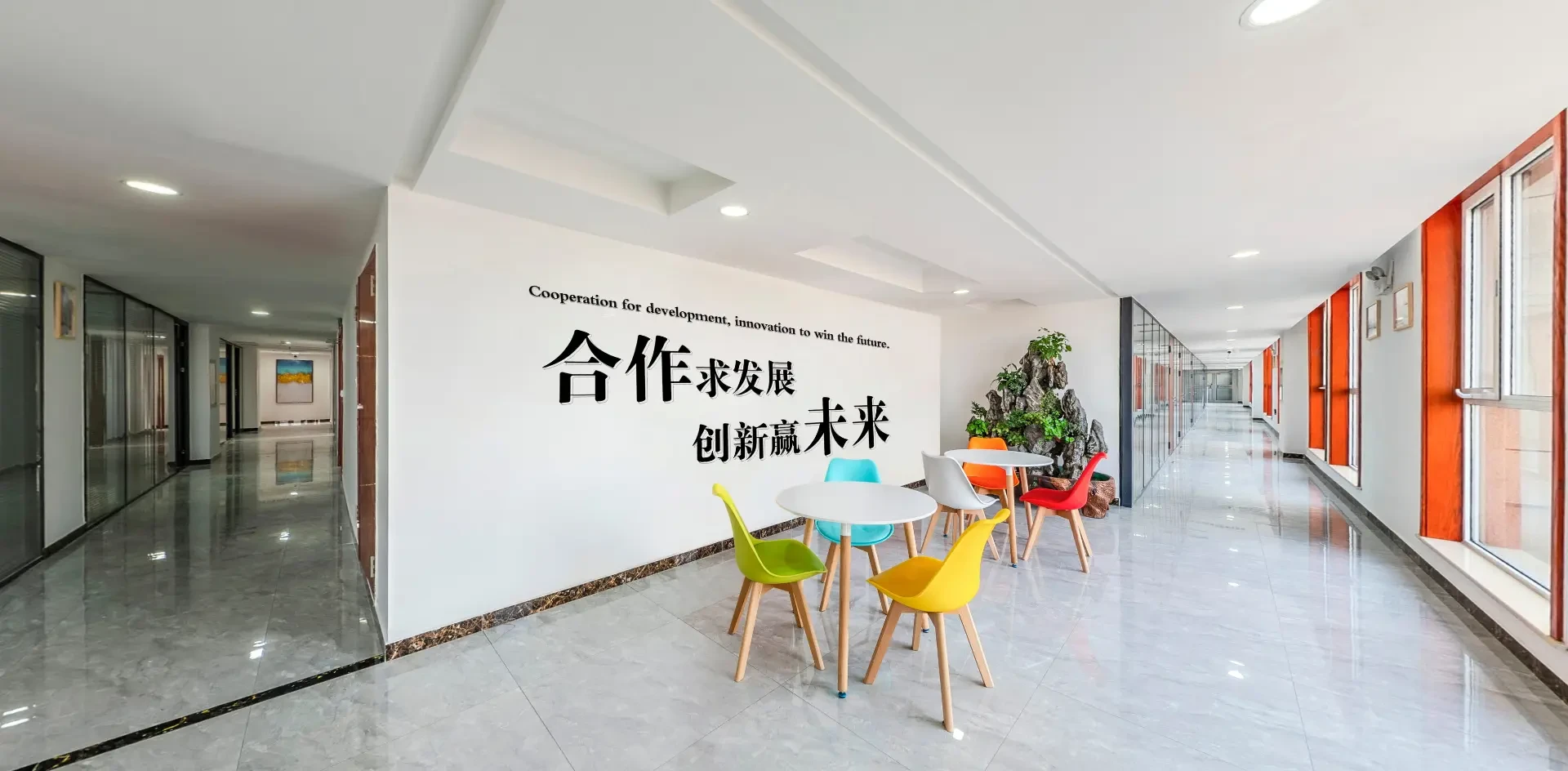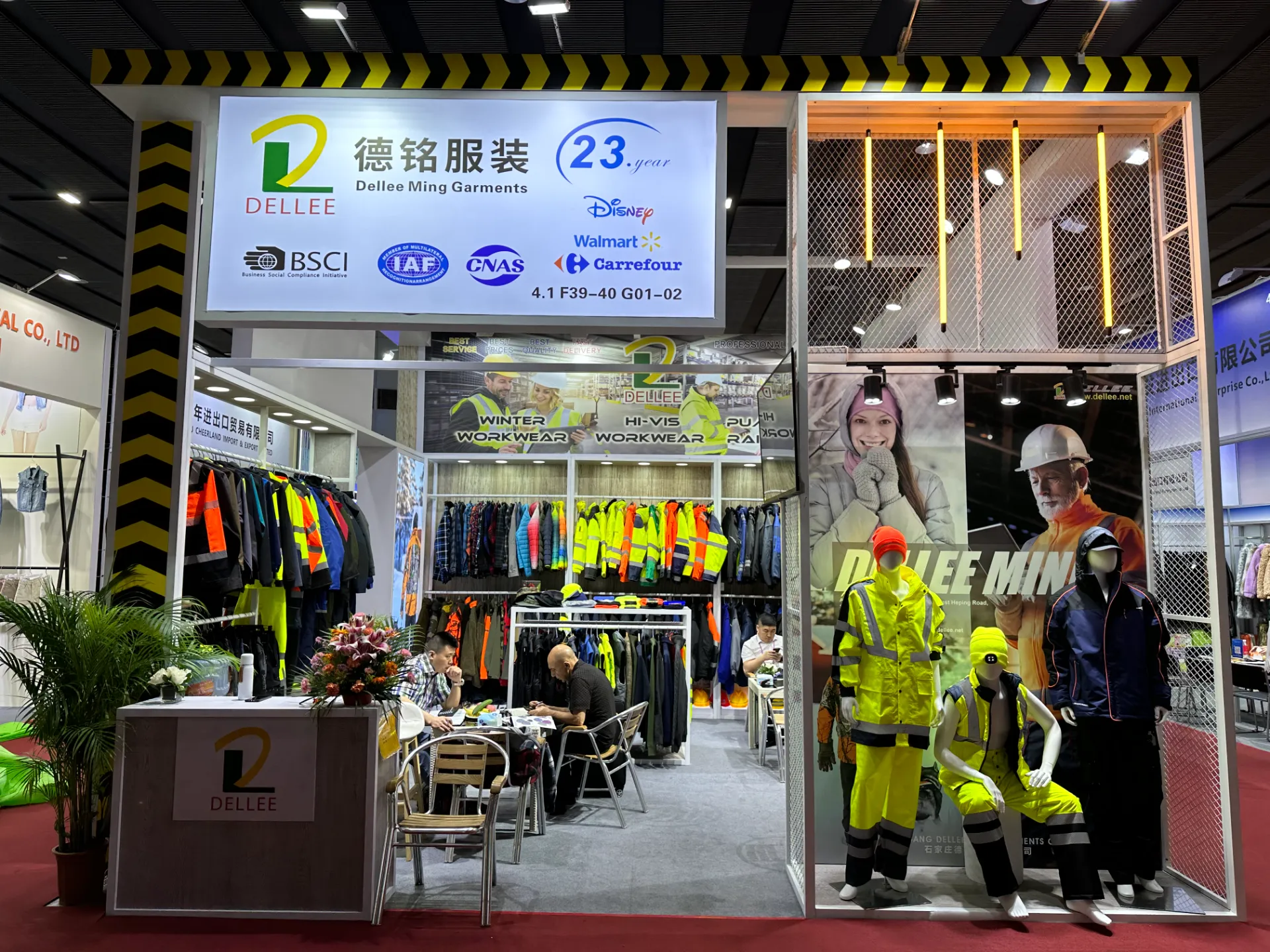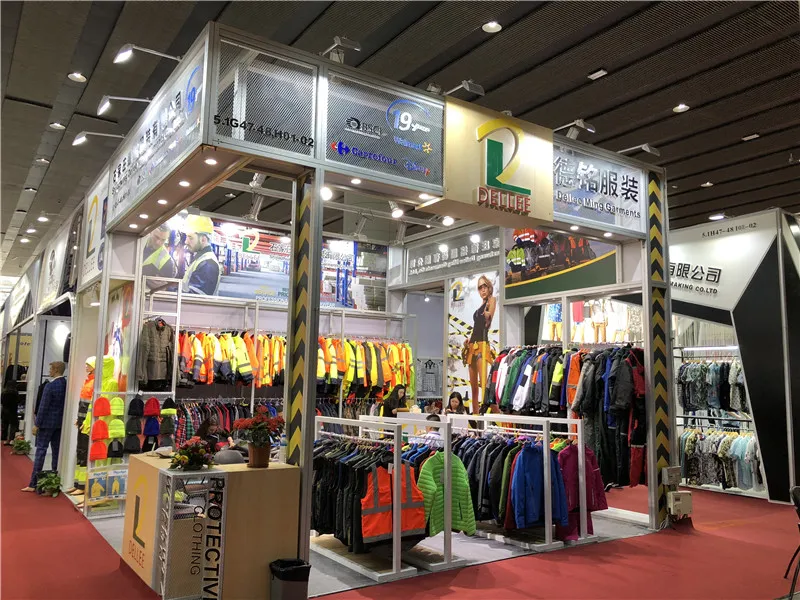Dear customers and friends:
Introduction to the Advanced 2IN1 Jacket and Industry Trends
The modern apparel industry, particularly in the B2B sector for outdoor, tactical, and versatile workwear, has seen significant innovation. Among these advancements, the 2IN1 Jacket stands out as a pinnacle of functional design and material engineering. It represents a paradigm shift from single-purpose garments to adaptable, multi-environment solutions. This highly versatile garment typically comprises an outer shell and a removable inner layer, often a fleece or insulated jacket, providing unparalleled flexibility across varying weather conditions and operational requirements. The design philosophy behind a 2IN1 Jacket is rooted in maximizing utility while optimizing comfort and protection, making it an indispensable asset for professionals and enthusiasts alike.
Current industry trends are heavily favoring garments that offer enhanced versatility, sustainability, and smart textile integration. Businesses are increasingly investing in apparel that reduces the need for multiple specialized items, thereby streamlining logistics and reducing overall costs. The demand for eco-friendly materials and ethical manufacturing processes is also on the rise, pushing manufacturers to innovate in fabric sourcing and production techniques. Furthermore, the integration of advanced features such as RFID pockets, enhanced breathability through advanced membranes, and ergonomic designs tailored for specific activities underscores the market's move towards sophisticated, high-performance wear. The 2IN1 Jacket perfectly aligns with these trends, offering a single solution for diverse needs, from urban commuting to challenging outdoor expeditions, and contributing to a more sustainable consumption pattern by extending product lifespan through adaptability.
The Advanced Manufacturing Process of a 2IN1 Jacket
Manufacturing a high-performance 2IN1 Jacket involves a sophisticated multi-stage process, far beyond simple garment assembly. It begins with meticulous CAD (Computer-Aided Design) pattern creation, ensuring precision cuts and optimal material utilization. Fabric selection is critical; the outer shell often uses durable, weather-resistant materials like Ripstop Nylon or Polyester with a Durable Water Repellent (DWR) finish, sometimes incorporating a PTFE (Teflon) or PU (Polyurethane) membrane for superior waterproofing and breathability, measured in MVP (Moisture Vapor Permeability) and hydrostatic head ratings. The inner jacket typically utilizes high-loft fleece or synthetic insulation like PrimaLoft for thermal efficiency.
The production process then moves to automated precision cutting, often utilizing laser or CNC cutting machines for accuracy, especially for complex pattern pieces. Critical steps include laminating fabrics with waterproof membranes, a process that ensures the integrity of the weather barrier. Seam sealing, using heat-applied tapes, is paramount to prevent water ingress at stitched points, a crucial differentiator for truly waterproof garments. Stitching is executed with industrial-grade machines, often using specialized threads for durability and seam strength. Throughout the process, rigorous quality control checks are implemented, adhering to international standards such as ISO 9001 for quality management and textile-specific certifications like Oeko-Tex Standard 100 for harmful substances, or Bluesign for sustainable textile production. These standards ensure that each 2IN1 Jacket not only meets performance specifications but also environmental and safety criteria, contributing to its extended service life and reliability in diverse environments, from urban settings to demanding outdoor adventures.
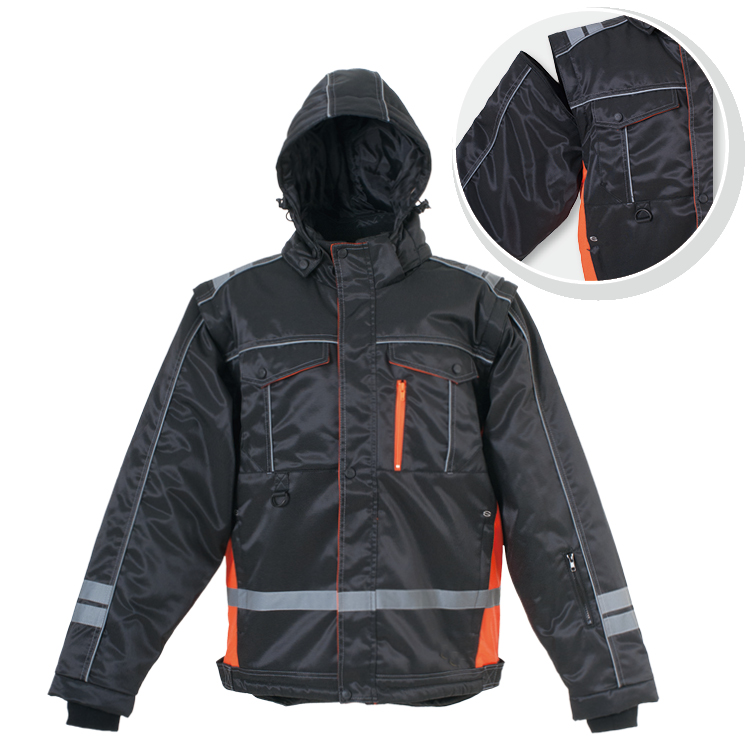
Technical Specifications and Performance Metrics for 2IN1 Jacket
When evaluating a 2IN1 Jacket, understanding its core technical specifications is crucial for B2B procurement professionals. These metrics directly impact the garment's suitability for specific applications and user comfort. Key parameters include waterproof ratings (measured in millimeters of water column, e.g., 10,000mm+), breathability (measured in g/m²/24h MVTR - Moisture Vapor Transmission Rate, e.g., 5,000 g/m²/24h+), and insulation type and weight. The outer shell's fabric denier (e.g., 70D, 150D) indicates its durability and abrasion resistance. Zippers, often YKK AquaGuard or similar water-resistant designs, play a significant role in overall weather protection. Ergonomic fit, adjustable features (cuffs, hood, hem), and pocket configurations are also vital for practical utility.
Below is a typical specification table outlining common parameters for high-performance 2IN1 Jacket models, demonstrating the range and optimal values for professional-grade use. These specifications ensure performance in challenging conditions, offering superior protection against the elements while maintaining comfort and mobility for the wearer. Understanding these details allows for informed decisions, ensuring the selected jacket meets the rigorous demands of various professional environments.
Diverse Application Scenarios and Advantages of 2IN1 Jacket
The inherent versatility of the 2IN1 Jacket makes it exceptionally well-suited for a myriad of application scenarios across various industries and activities. In professional fields, this jacket is ideal for construction site supervisors, logistics personnel, emergency responders, and outdoor technicians who face unpredictable weather conditions. The ability to quickly adapt from a fully insulated winter jacket to a lightweight rain shell or a comfortable fleece mid-layer ensures optimal performance and comfort regardless of temperature fluctuations or precipitation. This adaptability translates directly into enhanced productivity and safety for the workforce, reducing the need for multiple specialized garments and thus simplifying equipment management.
Beyond traditional work environments, the 2IN1 Jacket excels in corporate uniform programs, offering a polished yet practical option for employees who might transition from indoor meetings to outdoor events. For outdoor enthusiasts and professionals in sectors like forestry, conservation, or adventure tourism, its modular design provides critical protection. Advantages include significant cost-effectiveness, as it consolidates three garments into one, reducing procurement and inventory overhead. Its durable construction and advanced material technology contribute to a longer service life, minimizing replacement costs. Furthermore, the jacket's design promotes layering efficiency, which is a fundamental principle in thermal regulation for outdoor activities, ensuring the wearer remains dry, warm, and comfortable, thereby boosting morale and efficiency in demanding environments.
Competitive Analysis and Customization Solutions for 2IN1 Jacket
In a competitive market, differentiation is key. While many manufacturers offer versions of a 2IN1 Jacket, significant variances exist in material quality, construction standards, and functional features. Leading manufacturers distinguish themselves through superior waterproof/breathable membranes (e.g., Gore-Tex, eVent, proprietary technologies), advanced seam-sealing techniques, and ergonomic designs that prioritize user mobility and comfort. Comparative analysis often reveals differences in zipper quality (e.g., YKK vs. generic), pocket functionality (e.g., water-resistant, media ports), and the integration of sustainable materials. Understanding these nuances helps B2B clients select a product that aligns with their specific performance and budgetary requirements, ensuring a higher return on investment through increased durability and wearer satisfaction.
Customization is a pivotal service for B2B clients looking to integrate the 2IN1 Jacket into their corporate identity or specialized operational needs. Tailored solutions can include specific colorways to match brand guidelines, embroidered or heat-pressed corporate logos for branding, and even functional modifications. These modifications might involve adding specialized pockets for tools or communication devices, reinforcing high-wear areas with durable fabrics like Cordura, or integrating reflective elements for enhanced visibility in low-light conditions. Manufacturers who offer extensive customization options, coupled with expert consultation on materials and features, provide immense value, transforming a standard product into a bespoke solution that perfectly fits the client's unique requirements and enhances their professional image.

Real-World Applications and Success Stories
The practical utility of the 2IN1 Jacket is best demonstrated through its successful deployment in various demanding environments. For instance, a major logistics company implemented customized 2IN1 Jackets for their delivery fleet. Prior to this, drivers struggled with inadequate protection in fluctuating weather, often requiring multiple bulky garments. Post-implementation, drivers reported significant improvements in comfort and mobility, leading to a measurable increase in delivery efficiency and reduced instances of weather-related sick days. The jackets, featuring high-visibility elements and durable, waterproof outer shells, proved invaluable during cold, rainy mornings and warmer, dry afternoons.
Another compelling case involves a large infrastructure development project in a challenging climate. Engineers and field supervisors needed versatile outerwear that could withstand both harsh winter conditions and provide protection from rain during warmer months, without compromising their ability to operate equipment or conduct site inspections. By supplying a bespoke 2IN1 Jacket solution, the project enhanced worker safety and comfort, leading to improved morale and fewer weather-related delays. The inherent adaptability of the 2IN1 Jacket allowed personnel to shed or add layers seamlessly, ensuring optimal thermal regulation and focus on critical tasks, proving its value as a fundamental piece of professional outdoor gear.
Ensuring Trust and Support for Your 2IN1 Jacket Investment
Frequently Asked Questions (FAQ)
- Q: What is the typical lifespan of a 2IN1 Jacket?
A: With proper care and maintenance, a high-quality 2IN1 Jacket can last anywhere from 3 to 7 years, or even longer, depending on the intensity of use and adherence to washing instructions. - Q: How do I ensure the waterproofing lasts?
A: Regularly wash your jacket with technical fabric detergents (not regular detergents) and reapply a DWR (Durable Water Repellent) treatment as needed. Avoid fabric softeners. - Q: Can the inner jacket be worn separately?
A: Yes, the core feature of a 2IN1 Jacket is its modularity. The inner fleece or insulated layer is designed to be fully detachable and wearable on its own for milder conditions. - Q: Are these jackets suitable for extreme cold?
A: While providing excellent versatility, for truly extreme cold conditions (e.g., Arctic expeditions), additional layering or specialized expedition-grade outerwear might be necessary beyond a standard 2IN1 Jacket.
Delivery & Logistics
We understand the importance of timely delivery for B2B operations. Our standard delivery time for bulk orders of 2IN1 Jackets ranges from 4-8 weeks, depending on customization complexity and order volume. For urgent requirements, expedited manufacturing and shipping options are available upon request. We utilize a global logistics network to ensure efficient and reliable delivery to destinations worldwide, with full tracking capabilities provided.
Quality Assurance & Warranty
Every 2IN1 Jacket manufactured undergoes stringent quality control inspections at multiple stages of production, adhering to international standards such as ISO 9001. We back our products with a comprehensive 2-year warranty covering manufacturing defects in materials and workmanship. This commitment reflects our confidence in the durability and performance of our 2IN1 Jackets, providing peace of mind for our B2B clients and ensuring long-term value from their investment.
Customer Support
Our dedicated B2B customer support team is available to assist with all inquiries, from pre-sales consultations and technical specifications to post-delivery support and reordering. We offer tailored account management to ensure a seamless experience throughout the entire procurement cycle. Our goal is to build lasting partnerships by providing unparalleled service and expertise related to our 2IN1 Jacket solutions.
References
- Textile Institute. (2022). "Advances in Performance Apparel and Smart Textiles." Journal of Textile Science.
- ASTM International. (2023). "Standards for Textile Fabric Testing and Performance." ASTM Technical Publication.
- ISO. (2021). "Quality Management Systems - Requirements (ISO 9001:2015)." International Organization for Standardization.
- Oeko-Tex Association. (2022). "Standard 100 by Oeko-Tex: Test Methods and Limit Values for Harmful Substances." Oeko-Tex Official Publication.
- Bluesign Technologies AG. (2023). "The Bluesign Standard: Sustainable Textile Production." Bluesign System Guide.
Post time: Aug . 15, 2025 06:20

